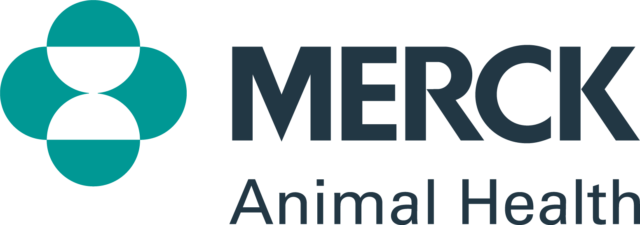Since it has been five years of reporting these key reproductive indictors, it is a good time to stop and see if any progress has been made.
When it comes to measuring reproductive performance, the big three numbers to monitor are pregnancy, insemination and conception rate.
Together, these three numbers paint a complete picture of your herd’s reproductive performance. So the question is: Did Ontario as a herd change over the last five years? The answer is yes.
Taking a look at the average performance, the Ontario herd, according to CanWest DHI numbers, has improved rather significantly when it comes to insemination rate. Insemination rate measures the percentage of open cows bred over a 21-day period.
From 2008 to 2013, the average insemination rate rose from 37 to 41 percent. This is a positive change for the dairy industry, meaning less cows are being missed for breeding every 21 days.
Why did this happen? The increase in insemination rate is linked to the maturing of activity-monitoring equipment and the refinement of timed-A.I. protocols over the same period of time.
Activity-monitoring equipment has shown itself to be a proven and reliable technology. The technology is now to a point where every freestall-housed cow should be wearing a monitor.
Timed-A.I. protocols have also found a place with most herds. With such a wide variety of protocols that have come available in the past decade, there is a menu of options for each herd’s situation.
Together, activity monitoring and timed A.I. have made a positive impact on Ontario’s insemination rate.
The conception rate of the lactating herd is a slightly different story from 2008 to 2013. Conception rate is the success rate of a cow getting pregnant from a breeding.
From 2008 to 2012, the conception rate in Ontario held steady at an average of 37 percent. Unfortunately, the average conception rate dropped 2 percent in 2013, to 35 percent.
When analyzing the conception data, it becomes quite clear that this needs to be an area of focus over the next five years. Everything that happens to a dairy cow during her lactation can impact her fertility.
Continued focus on improving cow nutrition, environment and overall health is the only way to change this number.
For herds breeding their own cows, semen handling and technique need to be considered. Also, the transition period remains a big opportunity for many herds to improve conception.
Pregnancy rate measures both the speed and efficiency of a herd reproductive program. This number incorporates both insemination and conception rate to come up with an overall summary of herd performance.
How did Ontario do over the past five years? There was no change; 14 percent was the average pregnancy in 2008 and remains unchanged in 2014.
It shows that the industry still has a lot of work to do to improve reproductive performance. Interestingly, when your look at the percentile breakdowns, there have been some positive changes.
The top 10 percent of herds for reproductive performance have improved over this period. The 90th percentile herds have increased their pregnancy rate by 1 percent to 21 percent in 2013 for Ontario.
This shows that improvement is possible, but more focus is needed to advance the entire industry.
Another important number to look at during this period is the average age at first calving. The average age at first calving gives us a very rough view of heifer-raising performance across the province.
The recommended target age at first calving is 23 to 24 months. With such a large focus over the last five years on growing heifers, many new heifer barns have gone up around the province and accelerated growth programs have been put into place.
The question is: Have we seen a difference in age at first calving? The good news is: Yes, the average age at first calving has improved since 2008.
The average age at first calving in Ontario has been reduced by a month, from 26.4 to 25.4. At a cost of $3 per day to feed and house a heifer, it means the average Ontario dairy herd has saved $90 per heifer in additional costs.
Also, it is worthwhile to point out, the 90th percentile for age at first calving is an average of 23.7 months old, an improvement from 24.7 months in 2008. By far, heifer raising has shown the biggest change over the past five years.
What’s the next five years going to bring for pregnancy, insemination and conception rate? Although increasing the average insemination rate will still benefit the industry, greater focus needs to be placed on cow fertility.
As an industry, we need to continue to focus on the cow’s environment, nutrition, A.I. protocols and genetics to improve conception and ultimately improve pregnancy rate.
When we look forward to the next five years, the goal should be an industry with an average conception and insemination rate of 40 percent and 45 percent, respectively.
This would make an average pregnancy rate of 18 percent. Is this possible? When you look at the gains we have seen in insemination over the past five years, with the right amount of focus, reaching 18 percent pregnancy rate is entirely possible. PD
Mark Carson
Reproductive Solutions Manager
EastGen









